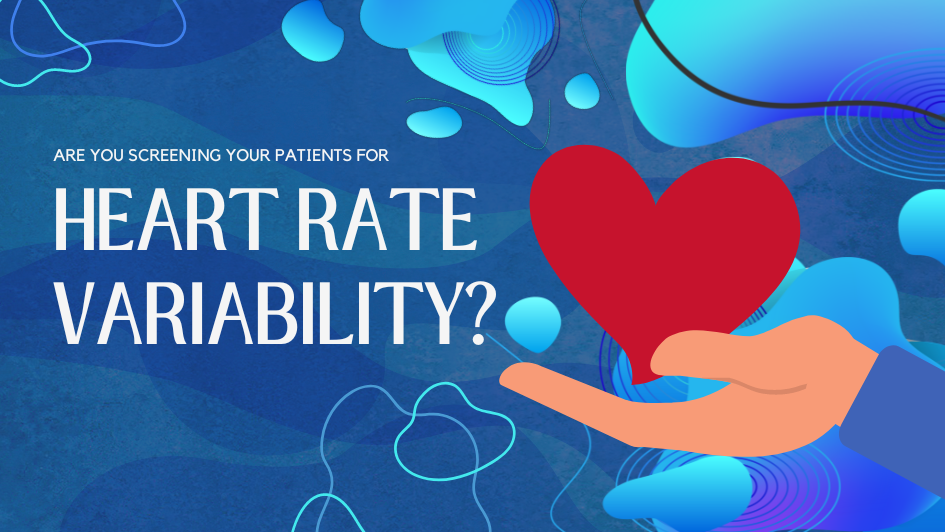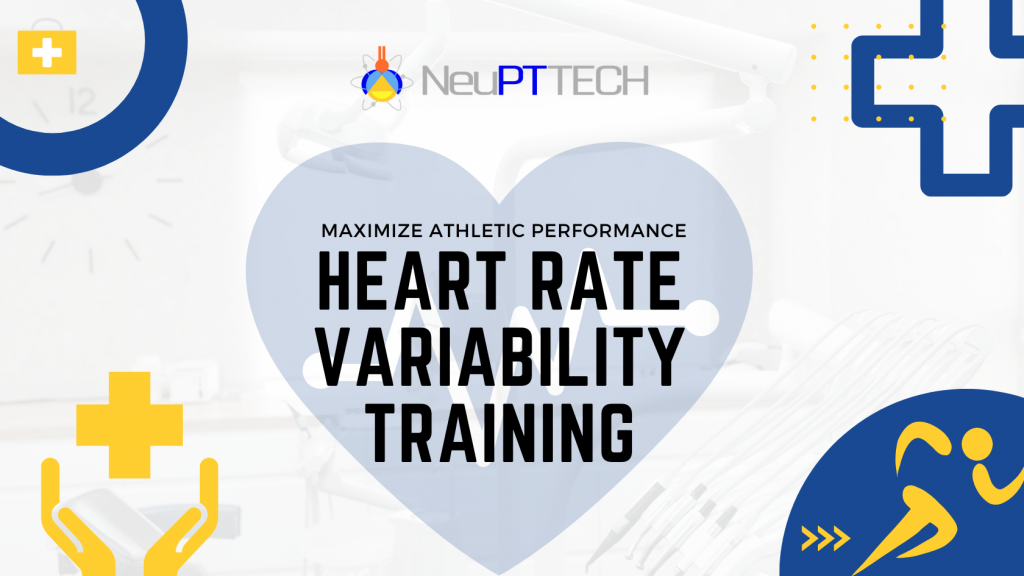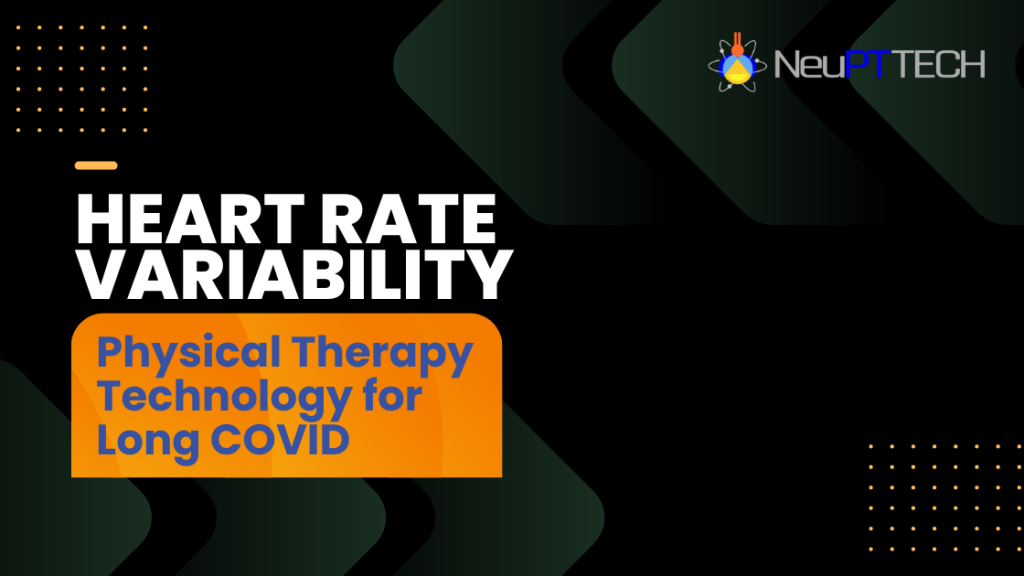.png)
HRV for Physical Therapy Helps Diagnose and Develop Smarter Treatment Plans
Heart Rate Variability (HRV) monitoring has become an integral part of the fitness community with the rise in popularity of wearable devices. However, it can also be a powerful diagnostic tool that can revolutionize your patient care with the right clinical HRV system.
As experts in PT technology here at NeuPTtech, we firmly believe that understanding the function of the nervous system through HRV monitoring can help you provide patients with faster and more efficient recovery times. HRV screenings offer invaluable insights into our patients' condition, enabling us to tailor interventions and optimize their well-being.
Unveiling Nervous System Secrets with HRV
At its core, HRV measures the variation in time intervals between consecutive heartbeats. This seemingly simple metric unveils the intricate dance between the sympathetic and parasympathetic branches of the autonomic nervous system. By analyzing HRV patterns, we gain a window into the body's regulatory mechanisms and its ability to adapt to various stressors.
In short, it’s a gear metric to gauge how charged a person’s “biological batteries” are.
The autonomic nervous system, responsible for controlling our vital functions, plays a pivotal role in maintaining homeostasis. The sympathetic branch is associated with the "fight or flight" response, while the parasympathetic branch governs the "rest and digest" mode.
Integrating HRV Into Your PT Clinic
Jason Waz, founder of NeuPTtech and Competitive Edge Performance, actually began exploring the potential uses for HRV for physical therapy after some of his patients using the NEUBIE were reporting positive HRV scores on their wearable devices.
“For the next three days after our patients did a NEUBIE treatment, a few of them would say, ‘Hey, look at my Oura ring readings. You kicked my butt on the NEUBIE… my HRV reading was like an exponential rise for the next two to three days after the session.’”
This peaked Jason’s interest, because high heart rate variability generally means a person is more healthy. Jason decided to test out HRV monitoring in combination with the NEUBIE treatments and started to notice improved HRV scores across all his patients.
While the wearables were good for citing trends, Jason knew he needed to upgrade his HRV system in order to clinically track exactly what was going on with his patients. By using a medical-grade device, he was now able to more accurately track and interpret HRV results.
“We evolved HRV for the physical therapy market,” Jason remarked about the capabilities of HRV. “The device measures 300 heart beats and then plugs it into 14 different algorithms to assess your biological age, your energy reserves, your nervous system dominance, among other things.”
Tracking HRV also meant Jason could measure the success of NEUBIE treatments and results were no longer just anecdotal. Today, Jason and his clinicians use HRV as a cornerstone diagnostic tool for every patient at his Tampa, FL clinic. He commented on the effectiveness of HRV for assessment purposes,
"If viewed as a diagnostic tool in the PT space, HRV is the most universally useful assessment tool that I have ever discovered that can and should be considered with 100% of your patients."
A Holistic Approach to Patient Care Using HRV Diagnostics
By integrating HRV screenings into your practice, you can gather comprehensive data on your patients' nervous system function. This holistic approach allows you to evaluate the impact of various factors on their health, including lifestyle choices, stress levels, exercise routines and sleep patterns.
In order to create an optimal health or rehabilitation program, it’s important to understand your patient’s HRV scores. A low score can also indicate chronic health issues, hormonal imbalance, poor sleep, among other problems. See NeuPTtech’s HRV Scorecard below for a more detailed description of recommendations.
Armed with this knowledge, you can develop tailored treatment plans that address the root causes of their conditions, rather than merely alleviating symptoms. Conducting HRV diagnostics will help you and your team of clinicians treat a variety of conditions.
5 Examples of How to Utilize HRV to Create a Treatment Plan
-
Personalized Stress Management
By conducting HRV screenings, a PT can identify patients who have low stress resilience and are more susceptible to stress-related disorders. Armed with this information, the PT can incorporate stress management techniques tailored to each patient's needs.
For example, a patient with low HRV indicating high sympathetic activity may benefit from relaxation exercises, deep breathing techniques or mindfulness meditation to promote parasympathetic activation and restore balance.
-
Optimizing Exercise Recommendations
HRV analysis can guide the PT in designing individualized exercise programs. By monitoring changes in HRV over time, the PT can adjust the intensity and duration of exercise sessions to prevent overtraining and optimize performance.
For instance, if a patient's HRV shows signs of decreased parasympathetic activity, the PT may modify the exercise regimen to include more low-intensity activities or incorporate recovery periods to promote autonomic balance.
-
Monitoring Recovery and Preventing Overuse Injuries
HRV can serve as an objective measure of an individual's recovery status. After a strenuous training session or injury, monitoring HRV can provide insights into the body's readiness for further activity. If the HRV parameters indicate inadequate recovery or increased sympathetic dominance, the PT may recommend modifying the exercise routine, incorporating more rest days, or adjusting the intensity and volume of training to prevent overuse injuries.
-
Biofeedback Training
HRV biofeedback empowers patients to take an active role in their health by providing real-time visual feedback on their HRV patterns. PTs can guide patients through biofeedback training sessions, teaching them techniques such as paced breathing or progressive muscle relaxation. By practicing these techniques and observing the immediate impact on HRV, patients can learn to self-regulate their autonomic nervous system and manage their stress response effectively.
-
Enhancing Sleep Quality
HRV monitoring can also provide insights into a patient's sleep quality and recovery. Poor sleep affects HRV parameters, indicating increased sympathetic activity and decreased parasympathetic tone. PTs can collaborate with sleep specialists to assess sleep patterns and provide recommendations to improve sleep hygiene, create a conducive sleep environment and incorporate relaxation techniques before bedtime to enhance sleep quality and overall recovery.
Transform Your Approach to Treatment Using the Power of HRV
At NeuPTtech, we firmly believe in the transformative power of HRV screenings. By unraveling the mysteries of the nervous system, you can offer your patients a more holistic approach to treatment.
HRV provides us with invaluable insights into their stress resilience, exercise prescription and overall well-being. Armed with this knowledge, we can optimize our interventions and empower our patients to take control of their health.
Contact NeuPTtech to unlock the secrets of the nervous system and improve the quality of your patient care using HRV.
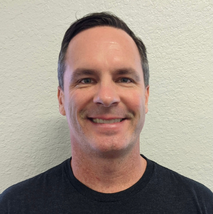

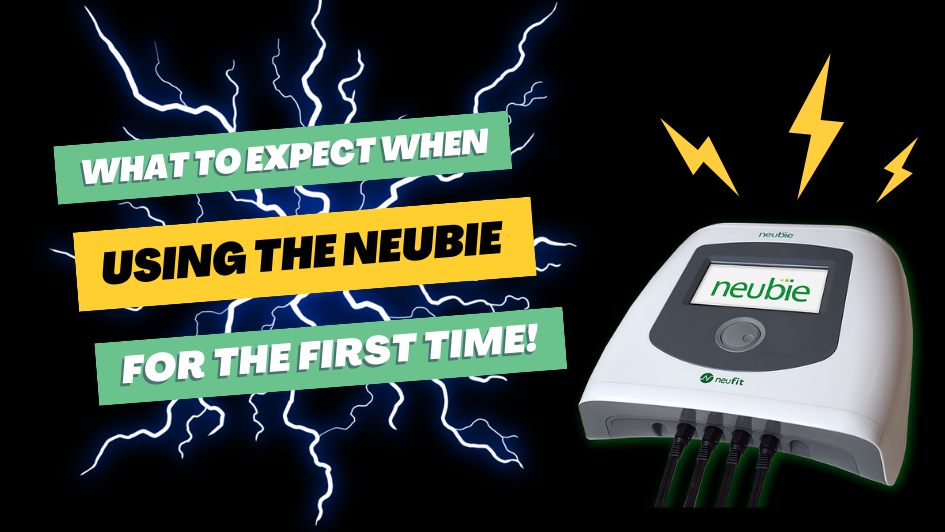 Previous Post
Previous Post%20(1).png) Next Post
Next Post